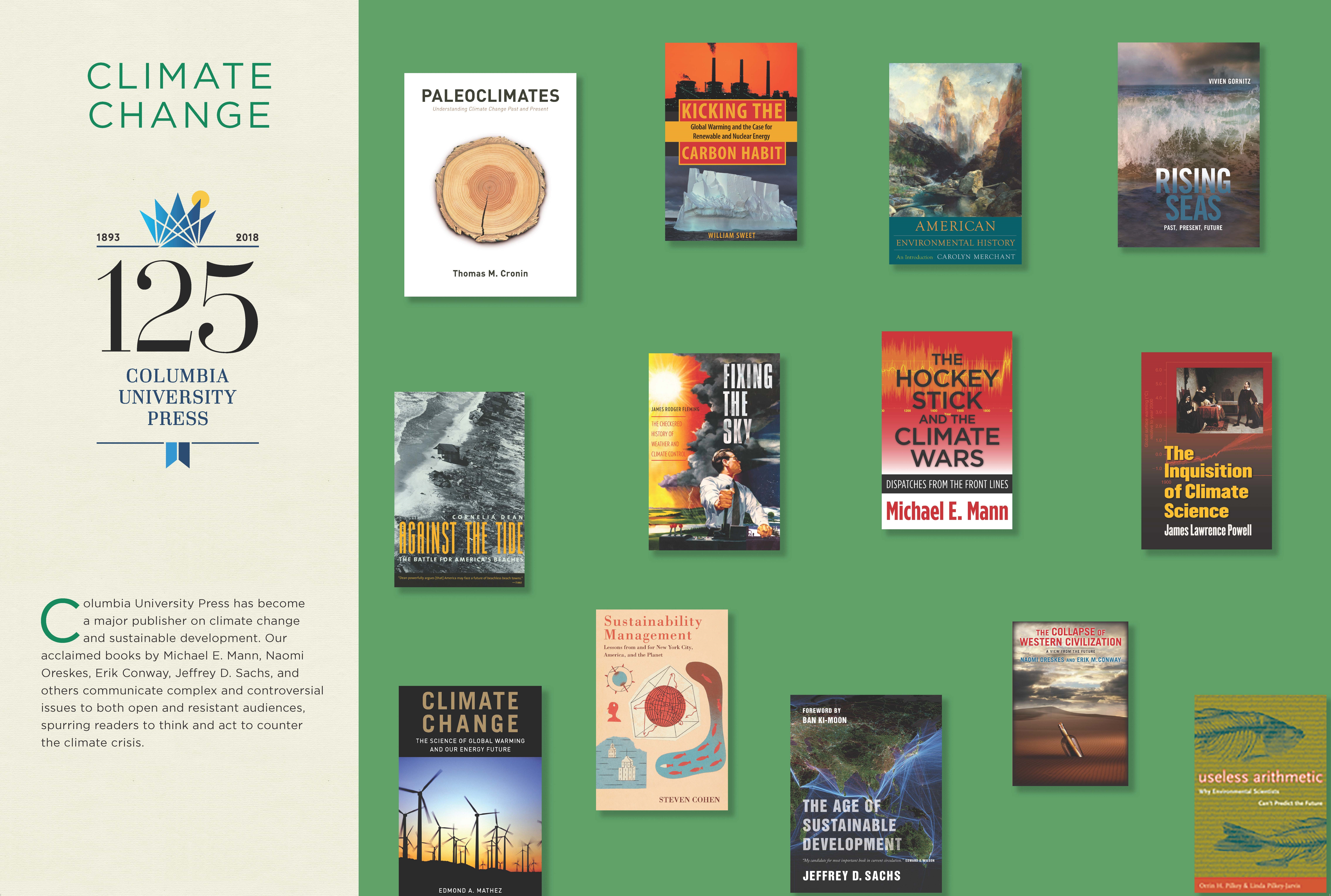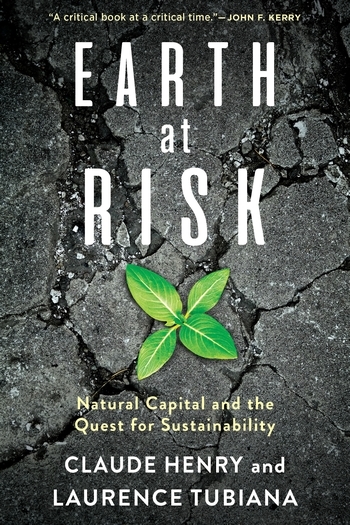Insects: A Sustainable Alternative to Meat
The following news report (see video below) includes interviews with coauthors of The Insect Cookbook: Food for a Sustainable Planet, scientist Arnolds Van Huis and chef Henk Van Gurp, in which they consider some of the environmental benefits of eating insects. Unlike raising livestock for food, which contributes to rising levels of greenhouse gas (see excerpt below), insects and using them for food has minimal impact.
In the following excerpt from The Insect Cookbook, the authors provide further detail about why insects are a sustainable alternative to meat:
The Food and Agriculture Organization of the United Nations (FAO) estimates that livestock is responsible for 18 percent of all greenhouse gas emissions, and is, as such, an important contributor to global warming. Greenhouse gas emissions include methane (CH
and migratory locusts, produce far less greenhouse gas per kilogram of product than do cows or pigs.
Livestock also produces more than two-thirds of the world’s ammonia emissions, which are one of the main causes of acid rain. Per kilogram of body weight produced, pigs produce fifty times more ammonia than do locusts.
Insects are cold-blooded; they do not need to metabolize food to maintain a constant body temperature. That is why insects are so efficient at converting feed to an edible product. A mere 4.6 pounds (2.1 kg) of feed is sufficient to produce 2.2 pounds (1 kg) of edible crickets, whereas 55 pounds (25 kg) of feed is needed to produce 2.2 pounds of beef.
As well as looking at what an animal itself produces in terms of greenhouse gases, it is also interesting to consider all environmental impacts associated with producing conventional meat or insects. For example, we can take into account the environmental impact of producing the fodder for the animal (sowing, irrigation, fertilizing, transporting the feed to the animal, the energy used at the farm, and the like). This has recently been analyzed for mealworms and compared with milk, pork, chicken, and beef production with respect to three parameters: energy use, greenhouse gas production (global warming potential), and land use.
The energy used to produce 2.2 pounds (1 kg) of protein from mealworms is lower than that for beef, comparable to pork, and slightly higher than for chicken and for milk. The greenhouse gas emissions resulting from mealworm production are much lower than for the more commonly farmed animals. For the production of milk, pork, and chicken, more land is required than for the production of mealworms, but to produce beef, ten times as much land is needed. The amount of land needed for production is an important factor to consider, as twothirds of the agricultural land on our planet is already being used for livestock.





